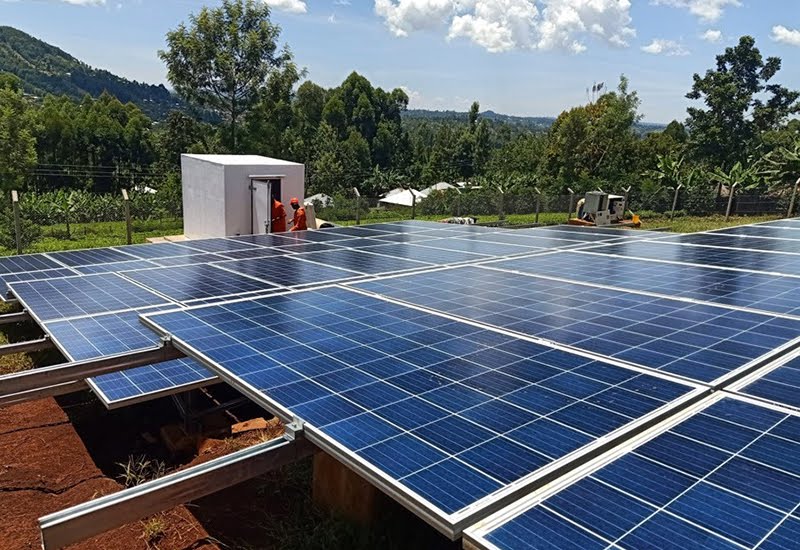The Expensive Reality Behind “Cheap” Green Energy.
- Home
- The Expensive Reality Behind “Cheap” Green Energy.

- 23 May, 2025
- Faith Kegh
- comments off
The Expensive Reality Behind “Cheap” Green Energy.
The common belief that green energy—solar and wind power—is cheap is misleading. Countries like Germany and the UK, despite having invested heavily in renewable energy, now face some of the highest electricity costs in the world. Contrary to popular claims, more green energy doesn’t always translate into lower energy bills.
The issue lies in the intermittent nature of renewables. Solar and wind power only work when the sun shines or the wind blows. To maintain reliable power around the clock, countries must also maintain backup systems, typically powered by fossil fuels. As these backup systems are used less frequently, their operating costs rise, adding to overall energy expenses.
Research shows that in China, the actual cost of solar power is about twice that of coal. Similar studies in Germany and Texas reveal that solar and wind are significantly more expensive than fossil fuels. For example, Germany, where renewables can theoretically generate twice the national electricity demand, still struggles on cloudy or calm days. On such days, renewable output can drop below 4%, forcing a return to expensive fossil fuel-generated electricity.
Battery storage, often seen as a solution, currently falls short. Germany’s total battery capacity can only supply power for about 20 minutes. During extended periods of low renewable output, electricity prices have spiked as high as \$1 per kilowatt-hour.
In Europe, consumers directly bear the cost of green energy through their utility bills. In contrast, the U.S. hides much of this cost through tax incentives, meaning actual electricity prices may be about 25% higher than reported.
This reality hits poorer countries hardest. While wealthy nations push green energy and block funding for fossil fuel projects abroad, developing nations continue to rely on coal and other fossil sources to meet growing energy demands. From 2022 to 2023, electricity consumption in poorer countries rose by nearly 5%, mostly powered by fossil fuels. China, Bangladesh, and India all added more coal than renewables.
True progress in the energy transition will come when green technologies are genuinely cheaper and more reliable than fossil fuels. This requires investment in next-generation nuclear power, improved battery storage, and innovation in clean energy research.
Until then, the narrative of cheap solar and wind replacing fossil fuels is not only misleading—it is costly and counterproductive.

Content & Editorial Manager – Leads the creation, review, and publication of high-quality news and media content. She ensures that all editorial work reflects the organization’s standards of accuracy, professionalism, and relevance, while also engaging and informing the audience.
As the key driver of TokinPoint Media LTD’s editorial voice, the manager oversees content planning, assigns tasks to writers or editors, enforces deadlines, and ensures consistency across all platforms. She also plays a strategic role in aligning content with audience interests and search engine optimization (SEO) best practices.
Discover more from TokinPoint
Subscribe to get the latest posts sent to your email.
- Share
Faith Kegh
Content & Editorial Manager - Leads the creation, review, and publication of high-quality news and media content. She ensures that all editorial work reflects the organization’s standards of accuracy, professionalism, and relevance, while also engaging and informing the audience.
As the key driver of TokinPoint Media LTD's editorial voice, the manager oversees content planning, assigns tasks to writers or editors, enforces deadlines, and ensures consistency across all platforms. She also plays a strategic role in aligning content with audience interests and search engine optimization (SEO) best practices.
